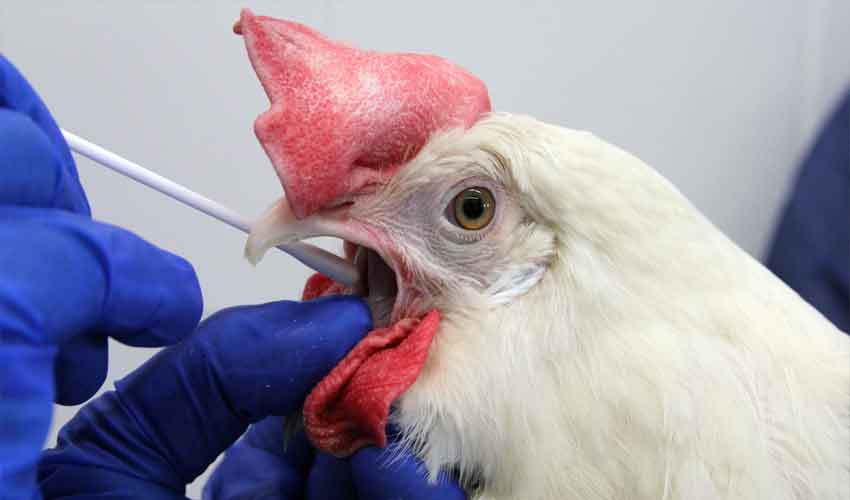In a dire response to the looming threat of a widespread avian flu outbreak, an Ohio egg farm situated in Union County is set to cull an astonishing 1.35 million hens following the confirmation of a confirmed case within the flock.
The U.S. Department of Agriculture has mandated mass culling as a preventive measure to curb the contagion’s rapid spread.
The avian flu, which has been notably less severe this year due to fewer cases among wild birds, has still wreaked havoc on the poultry industry.
In 2022 alone, a staggering 8.1 million birds have been culled to prevent further escalation of the disease, with 5.8 million of those casualties recorded this month, predominantly affecting large-scale egg farms.
Among the recent casualties, a Minnesota egg farm witnessed the demise of 940,000 hens, while a farm in Iowa had to euthanize 1.2 million birds. The impact on Iowa, the leading U.S. state in egg production, has been particularly severe, with approximately 17.3 million birds lost.
Egg farms, known for their substantial size and housing millions of birds, face unique challenges in combatting the outbreak. Ohio, while a significant egg producer, has reported a comparatively lower toll of 5.1 million birds lost to avian flu.
The contagion has not spared other states, with confirmed cases in Minnesota, Maryland, South Dakota, Wisconsin, Georgia, and California. The largest incident this week involved the culling of 198,200 chickens on a Maryland farm.
Farmers are deploying stringent measures to protect their flocks, including sanitizing vehicles, enforcing clothing changes and showers for employees, and investing in separate equipment for each barn.
However, preventing the virus’s infiltration into major migratory bird routes remains a significant challenge.
While health officials emphasize that avian flu poses minimal risks to human health, farmers are on high alert, taking every possible precaution to safeguard their poultry. Cooking eggs and poultry thoroughly, reaching a temperature of 165 degrees Fahrenheit (73.89 degrees Celsius), is advised to eliminate any potential risk associated with the virus.


